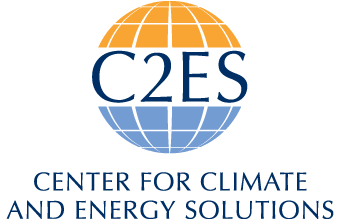There are various market-based approaches to pricing carbon (e.g., carbon tax, cap and trade, clean energy standard). All of these approaches can reduce emissions cost-effectively while driving clean energy innovation. This factsheet compares three carbon tax proposals and two cap-and-invest proposal introduced in the 118th Congress (2023–2024).
Carbon pricing offers a cost-effective way to reduce greenhouse gas emissions. Thirteen states are already pricing carbon, and a number of states are considering similar action. This factsheet summarizes and compares five federal carbon pricing proposals that were introduced in the 118th Congress (2023–2024), highlighting similarities and differences. Three of these proposals would establish a carbon tax (or “carbon fee”), and two would establish a cap-and-trade program (or “cap-and-invest program”). They are:
- the Energy Innovation and Carbon Dividend Act of 2023 (H.R. 5744) reintroduced by Rep. Salud Carbajal (D-Calif.) on September 27, 2023
- the Modernizing America with Rebuilding to Kickstart the Economy of the Twenty-first Century with a Historic Infrastructure-Centered Expansion Act of 2023 (MARKET CHOICE Act, H.R. 6665) reintroduced by Reps. Brian Fitzpatrick (R-Pa.) and Salud Carbajal (D-Calif.) on December 7, 2023
- Climate Pollution Standard and Community Investment Act of 2023 (H.R. 9230) introduced by Rep. Paul Tonko (D-N.Y.) on July 30, 2024
- the America’s Clean Future Fund Act (S. 5107) introduced by Sen. Dick Durbin (D-Ill.) on September 19, 2024
- the Healthy Climate and Family Security Act of 2024 (S. 5495 and H.R. 10418) reintroduced by Sen. Chris Van Hollen (D-Md.) and Rep. Don Beyer (D-Va.) on December 11, 2024.
